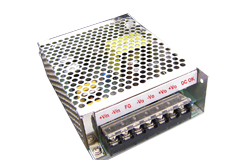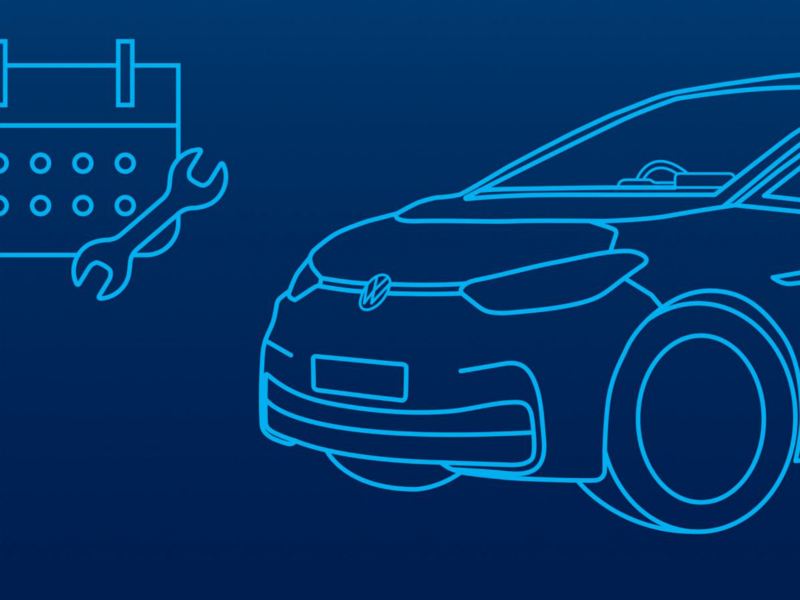news
Customized Electric Power Series: Harnessing the Energy Revolution
Author: ZYG Power Module Time: 2023-8-18
Introduction:
In recent years, the world has witnessed a growing demand for electricity, driven by population growth, urbanization, and industrialization. However, this surge in demand has also led to increased concerns about the sustainability, cost, and environmental impact of traditional energy sources. As a result, there has been a significant push towards harnessing the energy revolution – the adoption of cleaner and renewable sources of electric power. In this article, we will explore the various technologies and advancements that are paving the way for a sustainable energy future.
1. Solar Power:
Solar power has emerged as one of the most promising sources of renewable energy. With the advancements in photovoltaic (PV) technology, solar panels have become more efficient and affordable. Additionally, the installation of solar farms and rooftop solar panels has expanded exponentially. Solar power offers numerous benefits, including reduced greenhouse gas emissions, low operating costs, and decentralized generation. With further research and development, solar power has the potential to become the primary source of electricity globally.
2. Wind Power:
Wind power has been harnessed for centuries, but recent innovations have made it a viable contender in the energy revolution. The development of larger and more efficient wind turbines, along with improved grid integration, has expanded the capacity of wind farms. Offshore wind farms, in particular, have gained popularity due to their higher wind speeds and reduced visual impact. Wind power is abundant, clean, and can be a significant source of electricity in regions with favorable wind conditions.
3. Hydroelectric Power:
Hydroelectric power has been a reliable source of electricity for decades. By harnessing the energy from flowing water, hydroelectric power plants generate electricity without emitting greenhouse gases. However, the construction of conventional dams can have significant environmental impacts, leading to the development of innovative solutions. Run-of-river systems, tidal power, and small-scale micro-hydro projects are emerging as sustainable alternatives, providing electricity while minimizing ecological disruption.
4. Geothermal Power:
Geothermal power utilizes heat from the Earth’s core to produce electricity. This renewable energy source offers consistent power generation, with minimal carbon emissions. Geothermal power plants can be built in areas with geothermal reservoirs, typically found near tectonic plate boundaries. With the development of enhanced geothermal systems, which make use of deeper, hotter resources, geothermal power has the potential to become a more widespread energy source.

5. Biomass Energy:
Biomass energy utilizes organic matter, such as wood pellets, agricultural waste, and dedicated energy crops, to generate electricity. Biomass power plants release carbon dioxide when burning these materials, but it is offset by the carbon dioxide absorbed during the growth of new biomass. Additionally, advances in technology have enabled the production of biofuels, which can be used as a cleaner alternative to fossil fuels in transportation. Biomass energy offers the advantage of utilizing waste products while reducing the reliance on fossil fuels.
Conclusion:
The energy revolution is well underway, and the adoption of cleaner and renewable sources of electric power is a major step towards a sustainable future. Solar power, wind power, hydroelectric power, geothermal power, and biomass energy all offer unique advantages and contribute to reducing greenhouse gas emissions. Governments, businesses, and individuals must continue to invest in research, development, and infrastructure to ensure a smooth transition to these renewable sources. By harnessing the energy revolution, we can secure a brighter and cleaner future for generations to come.
Previous: Buy discount AC DC Converter SP Series: Efficient Power Conversion for Your Electronic Devices
relevant information
-
2023-5-7
AC-DC Converter Module: Converting Alternating Current to Direct Current
Introduction An AC-DC converter module, also known as a rectifier, is an electronic device used to convert alternating current (AC) to direct current (DC). This module is used in a wide range of applications where DC power is required, such as in electronic devices, power supplies, and motor control systems. Working Principle The AC-DC converter module works by using a diode bridge circuit to convert the AC input voltage to a pulsating DC voltage. A diode is a semiconductor device that allows current to flow in only one direction. The diode bridge circuit consists of four diodes arranged in a bridge configuration, which allows the AC voltage to pass through the circuit and produce a pulsating DC voltage at the...
View details -
2023-10-14
DC to DC Step Down Adjustable Power Supply Module: Efficient and Versatile Power Regulation Solution
Introduction: Where electronic devices have become an integral part of our lives, having a reliable and efficient power supply solution is crucial. The DC to DC step down adjustable power supply module is designed to meet this demand. With its versatility and efficiency, it offers a reliable power regulation solution for various electronic applications. Features: 1. Adjustable Voltage Output: The module allows you to adjust the output voltage according to your requirements. This feature makes it suitable for a wide range of applications where different voltage levels are needed. 2. Step-Down Conversion: The module performs step-down conversion, which means it can take a higher input voltage and convert it to a lower output voltage. This capability allows it to be...
View details -
2023-7-14
Introducing the ZP Series: Your Ultimate AC DC Converter Solution
In today's fast-paced world, where technology is constantly evolving, having a reliable and efficient AC DC converter is essential. Whether it is for powering your electronic devices or ensuring a stable power supply for industrial applications, the right converter can make all the difference. That is why we are proud to present the ZP Series – your ultimate AC DC converter solution. The ZP Series is designed to meet the growing demands of diverse industries, providing a seamless conversion between alternating current (AC) and direct current (DC). With its cutting-edge technology and innovative features, this series offers unparalleled performance, efficiency, and reliability. One of the key highlights of the ZP Series is its exceptional efficiency. The converters in this series...
View details -
2023-5-12
24V AC to DC Converter manufacture: Efficiently Converting Alternating Current to Direct Current
Introduction In an electrical circuit, alternating current (AC) is the form of electricity that flows back and forth through the circuit. However, many electronic devices require direct current (DC) to operate. This is where an AC to DC converter comes into play. In this article, we will discuss the 24V AC to DC converter and how it efficiently converts AC to DC. What is an AC to DC Converter? An AC to DC converter is an electrical device that converts AC power to DC power. This device is commonly used in electronic devices such as computers, televisions, and mobile devices that require DC power to operate. The AC to DC converter works by rectifying the AC power and converting it...
View details -
2023-6-24
Bidirectional DC DC Converter: Principles, Topologies, and Applications
A bidirectional DC-DC converter is a power electronic device that can transfer electrical energy bidirectionally between two DC voltage levels. It is widely used in various applications, including electric vehicles, renewable energy systems, and battery energy storage systems. This article will explore the principles, topologies, and applications of bidirectional DC-DC converters. Principles of Bidirectional DC-DC Converter The main function of a bidirectional DC-DC converter is to transfer power from one DC voltage level to another. The power transfer can be either unidirectional or bidirectional. A bidirectional converter can transfer energy from a high voltage source to a low voltage load and vice versa. Bidirectional DC-DC converters typically consist of two power converters, each with its own power switch and control...
View details -
2023-5-7
AC-DC Power Supply: The Ultimate Solution for Reliable and Efficient Power Conversion
AC-DC power supply is an essential component of modern electronic devices and machinery. It plays a crucial role in converting electrical power from a wall outlet or generator to a form that can be used by the device or equipment. An AC-DC power supply ensures that the correct voltage and current are supplied to the device, while also protecting it from power surges and fluctuations. One of the main advantages of using an AC-DC power supply is its reliability. These power supplies are designed to provide a stable and consistent supply of power, even in challenging environments. They are engineered to withstand voltage spikes, power surges, and other electrical disturbances that could damage a device. In addition to their reliability,...
View details


















